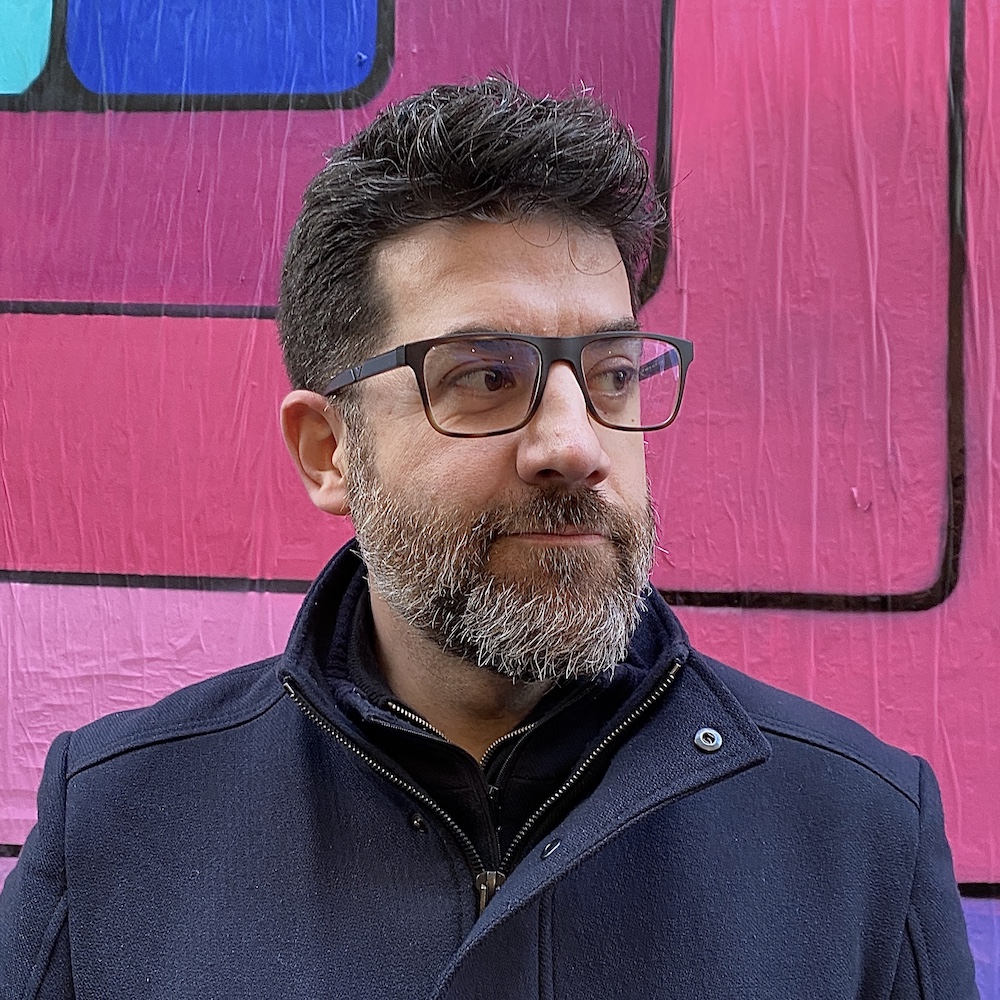Search
To search for an exact match, type the word or phrase you want in quotation marks.
A*DESK has been offering since 2002 contents about criticism and contemporary art. A*DESK has become consolidated thanks to all those who have believed in the project, all those who have followed us, debating, participating and collaborating. Many people have collaborated with A*DESK, and continue to do so. Their efforts, knowledge and belief in the project are what make it grow internationally. At A*DESK we have also generated work for over one hundred professionals in culture, from small collaborations with reviews and classes, to more prolonged and intense collaborations.
At A*DESK we believe in the need for free and universal access to culture and knowledge. We want to carry on being independent, remaining open to more ideas and opinions. If you believe in A*DESK, we need your backing to be able to continue. You can now participate in the project by supporting it. You can choose how much you want to contribute to the project.
You can decide how much you want to bring to the project.

Every time there is a new development in artificial intelligence (AI) systems, the question arises as to whether, this time, machines will definitively replace humans. This constant question, which is not trivial but which ignores the fact that human beings are the ones who decide to replace other human beings with machines, acquires a special nuance when its artists that could be replaced instead of supermarket workers. For more than a century, romantic ideas about the unfathomable, brilliant creativity that distinguishes them from ordinary people and, of course, from machines have been ascribed to artists. Artists use machines as mere tools, but these must not have any kind of agency in the creation of the work. And yet, since the first civilizations, the idea of creativity has been seen as something that exceeds human capacity, that is, divine inspiration.
Sidelined in the contemporary art world dominated by the market and sociopolitical debates, this eternal question of human being’s creative ability seems to have resurfaced with the advent of machine learning programs, artificial neural networks and massive language models which give rise to increasingly surprising images and texts. The creative process, the origin of inspiration, obligatory originality and the demand for innovation are issues that artists must deal with today. These are also matters that clearly run through the four texts that make up this issue, all of them written by artists with vast experience in the application of artificial intelligence systems in visual arts, poetry and literature.
Quoting the poets T.S. Elliot and Allen Ginsberg, both Sasha Stiles and Mark Amerika refer to the strange dissociation that occurs between creative people and their work, and how they have experienced in their collaboration with AI programs a co-creation space that leads them to compare their own creative processes with those of the models they use, affirming that we have already passed into the realm of the post-human. Machine learning systems, therefore, have acquired much more agency than any simple tool, and this happens, like the inspiration of the muses, in a mysterious and inscrutable “latent space.” Mario Klingemann elaborates a sober and delicate description of the latent space as a space for ordering and classifying information that allows for the emergence of new knowledge and unexpected connections. It is a space of possibilities that, in its capacity to generate all possible images, leads, in the opinion of Gregory Chatonsky, to a break with the representation of reality.
These four contributors, solid in their approaches and dense in the richness of their content, invite us not only to rethink the role of artists but also the creative process itself, the obsolete separation between humans and machines and, lastly, our outdated anthropocentric perspective, as well.


Pau Waelder is senior curator at Niio. Writer and researcher specialized in art and digital media. PhD in Information and Knowledge Society from the Universitat Oberta de Catalunya (UOC). Adjunct lecturer at the UOC, as well as in postgraduate courses. Editor and advisor at DAM Digital Art Museum. His work explores the different aspects of the interaction between art, technology and society, as well as the relationship between digital art and the art market. He is the author of the book on contemporary and digital art collecting You Can Be A Wealthy/ Cash-Strapped Art Collector In The Digital Age (Printer Fault Press, 2020).
www.pauwaelder.com
"A desk is a dangerous place from which to watch the world" (John Le Carré)